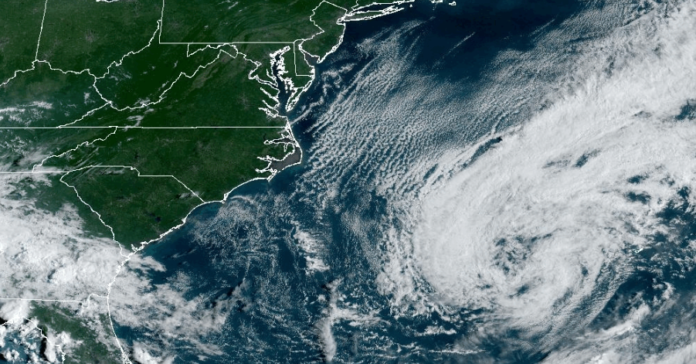The remnants of Hurricane Idalia were forecast to regain strength and become a tropical or subtropical storm again over the weekend as the system approached Bermuda, days after it made landfall along Florida’s Gulf Coast and swept across the Southeast.
On Friday, the storm, which was once a powerful Category 4 hurricane, had weakened to a post-tropical cyclone, with maximum sustained winds of 50 miles per hour, according to the National Hurricane Center.
At 2 a.m. Eastern time on Saturday, the storm was 40 miles south of Bermuda, and tropical-storm-force winds extended up to 220 miles from its center, the Hurricane Center said in an advisory. A tropical storm warning was in effect for the island, meaning that tropical storm conditions were expected in the area within 36 hours.
The storm is likely to turn back into a tropical or subtropical storm on Saturday and bring hazardous surf conditions to Bermuda over the weekend, along with rainfall of three to five inches, the center said.
Bermuda, a British territory in the North Atlantic with about 65,000 residents, is nearly 900 miles east of South Carolina.
Another tropical storm, Gert, was moving east of Idalia’s remnants, farther out in the Atlantic, early Saturday. It posed no threat to land.
Forecasters said the models are in “relatively good agreement” that Gert would be absorbed by Idalia over the central Atlantic over the next three to four days.
Idalia made landfall in Florida as a Category 3 hurricane on Wednesday in a sparsely populated area of the Big Bend region, where the state’s peninsula meets the Panhandle.
It was the first major storm to hit Florida this hurricane season. While it swamped the fishing villages and beach towns along the coast, the damage did not appear to be as bad as had been feared. President Biden plans to visit the state on Saturday.
Eduardo Medina, Johnny Diaz and Mike Ives contributed reporting.



